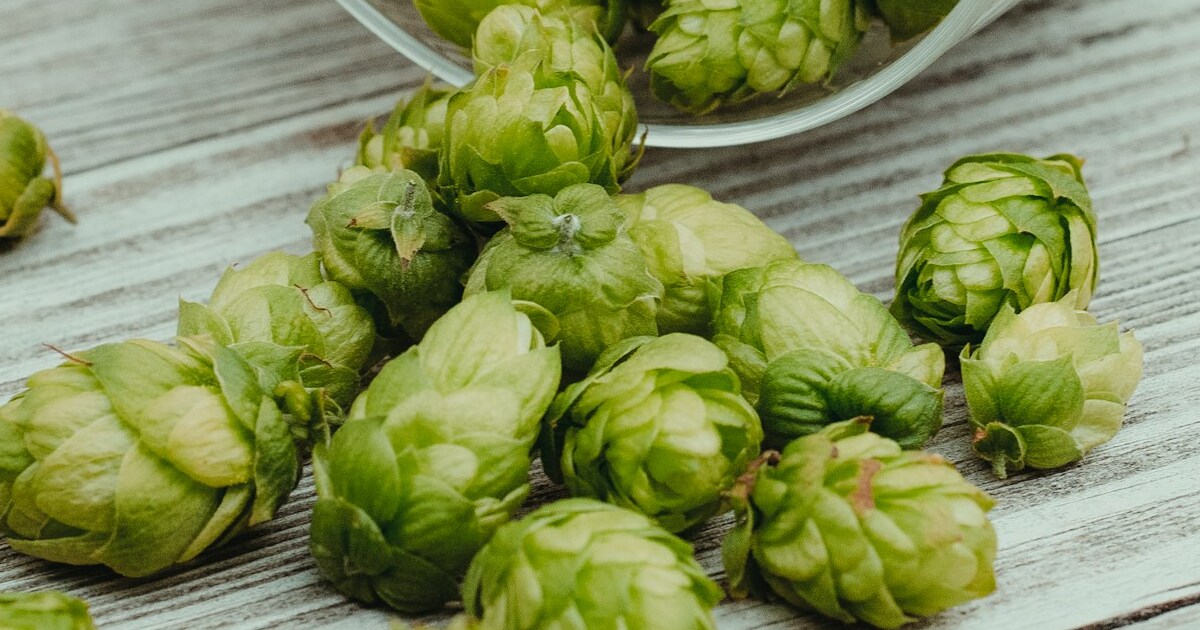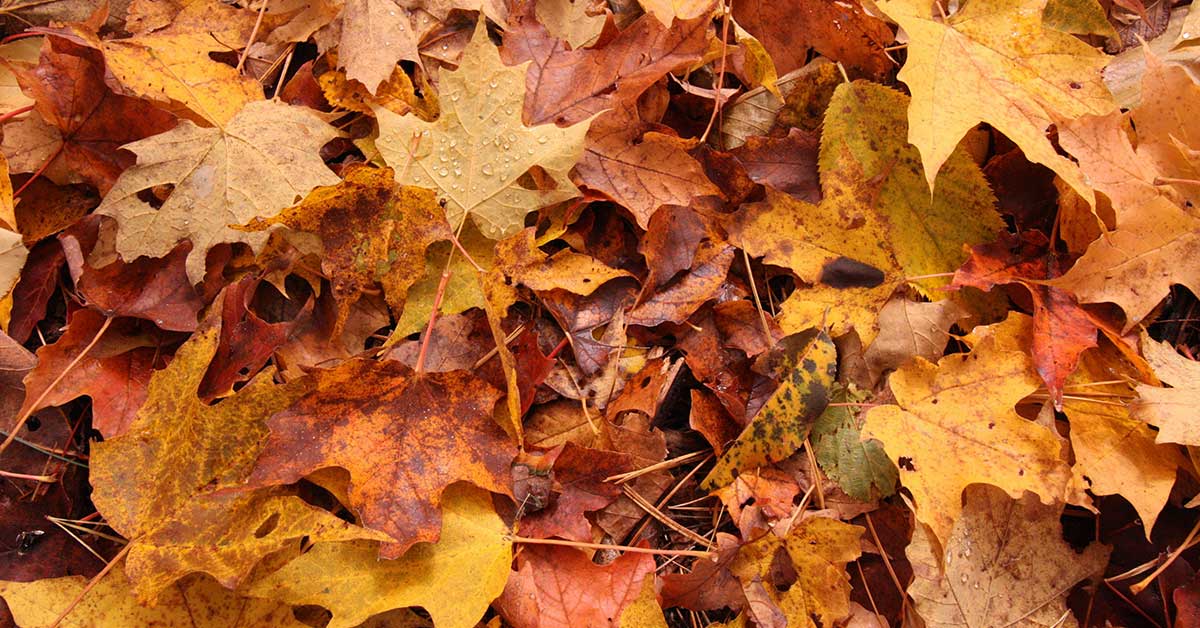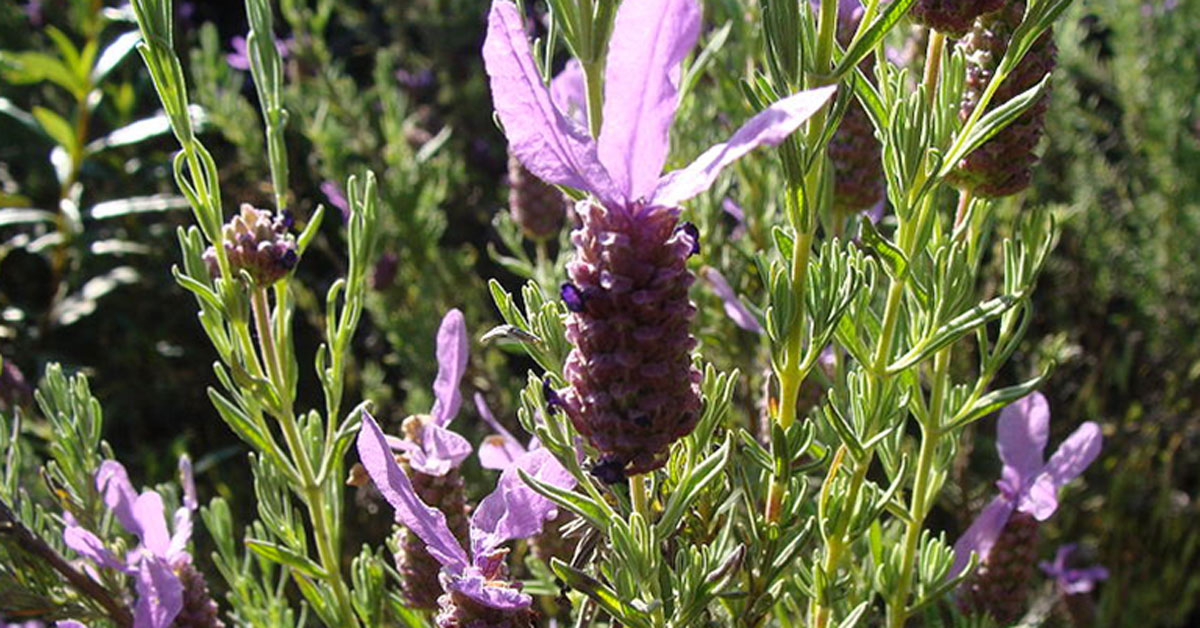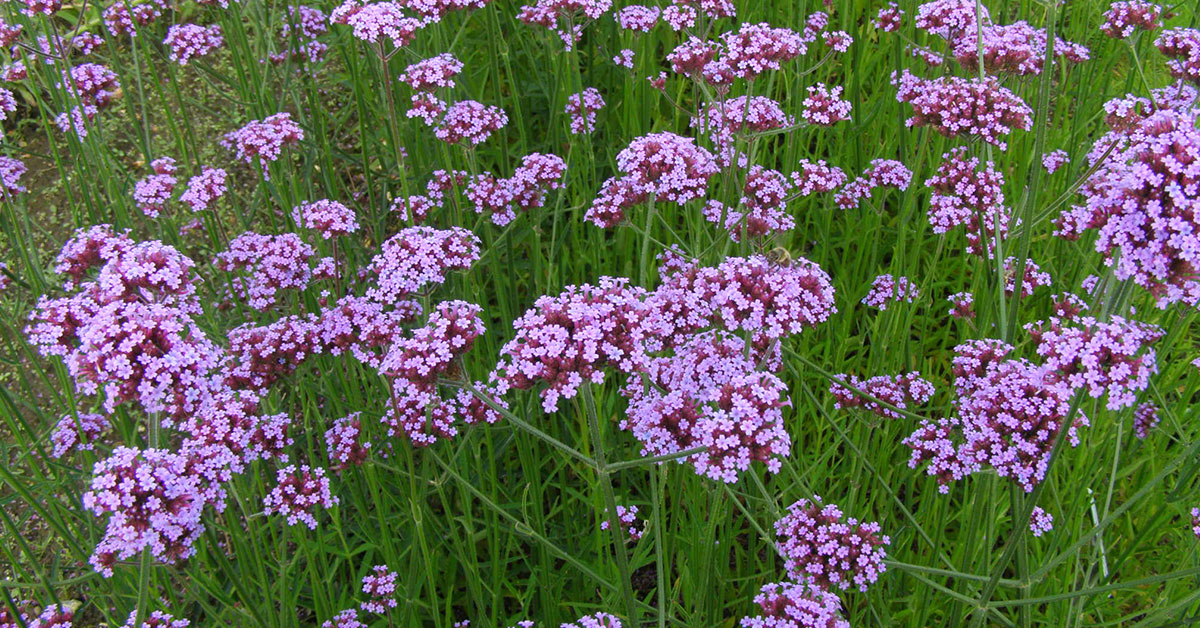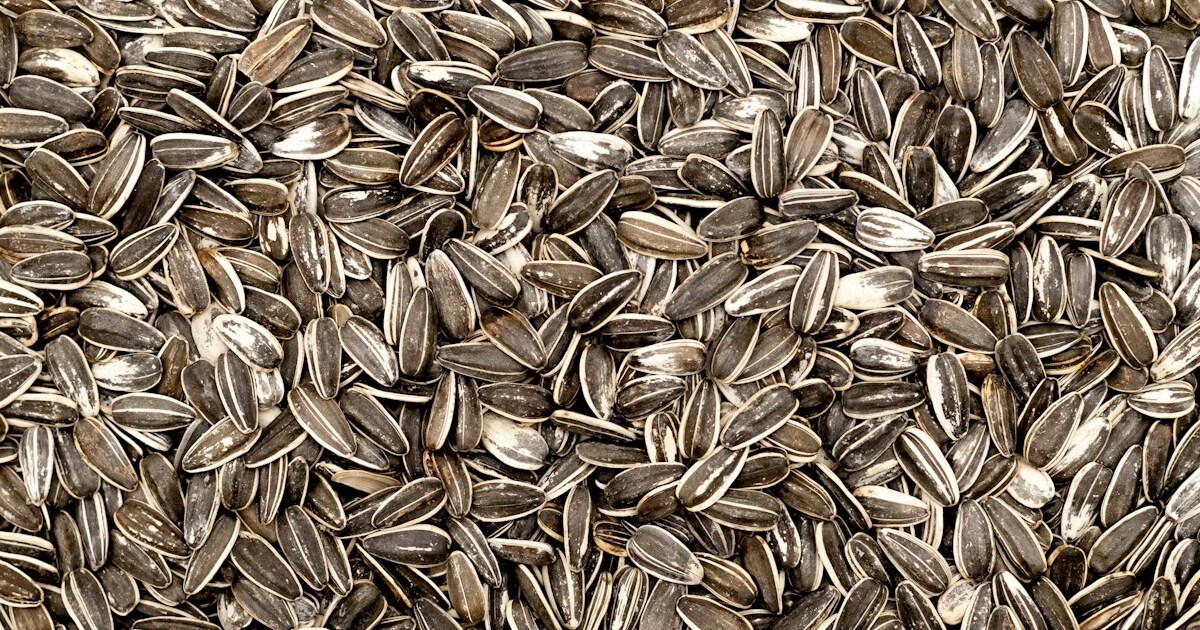October is a crucial month for lawn care, marking the transition from the lush growth of summer to the dormancy of winter. As the temperatures begin to drop and daylight hours decrease, it’s essential to take proactive steps to ensure your lawn remains healthy and vibrant. Embracing these fall lawn care tips will help your grass build strong roots, recover from summer stress, and prepare to thrive when spring arrives!
I know how rewarding it is to maintain a beautiful lawn, but I also understand the challenges that come with changing seasons. Whether you’re dealing with stubborn weeds, uneven growth, or preparing for the first frost, these twelve fall lawn care tips will guide you through the essential tasks needed to keep your lawn in top shape. Let’s dive into these strategies to ensure your grass stays green and resilient throughout the cooler months!
Aerate Your Lawn

Aerating your lawn in October is one of the most effective ways to improve soil health and promote robust grass growth. Over time, soil becomes compacted, restricting air, water, and nutrient penetration to the grassroots. By using a lawn aerator to create small holes in the soil, you alleviate compaction and allow essential elements to reach the roots more efficiently. This process is particularly beneficial for lawns that experience heavy foot traffic or have clay-heavy soil, which is common in many regions during the fall.
In addition to enhancing soil structure, aeration helps reduce thatch buildup—a layer of dead grass and organic matter that can prevent water and nutrients from penetrating the soil. By removing excess thatch, your lawn becomes less susceptible to pests and diseases, ensuring healthier grass growth. Aerating in October gives your lawn ample time to recover before winter, setting the stage for a lush, green carpet come spring. It’s such a satisfying step to see your lawn breathe easier and thrive with improved soil conditions!
Overseed Thin Areas

Overseeding is a fantastic fall lawn care practice that helps fill in bare or thin spots, promoting a denser and more uniform turf. October is the perfect time to overseed because the cooler temperatures and increased rainfall create ideal conditions for seed germination and establishment. Selecting high-quality grass seed that matches your existing lawn type ensures seamless integration and a cohesive appearance.
By overseeding in October, you give new grass seedlings the opportunity to establish strong roots before the winter months. This proactive approach not only enhances the overall beauty of your lawn but also improves its resilience against pests, diseases, and environmental stressors. Regularly overseeding helps maintain a lush, green lawn that can better withstand the challenges of the coming seasons. Watching those thin areas transform into thick, healthy grass is incredibly rewarding!
Apply Fall Fertilizer
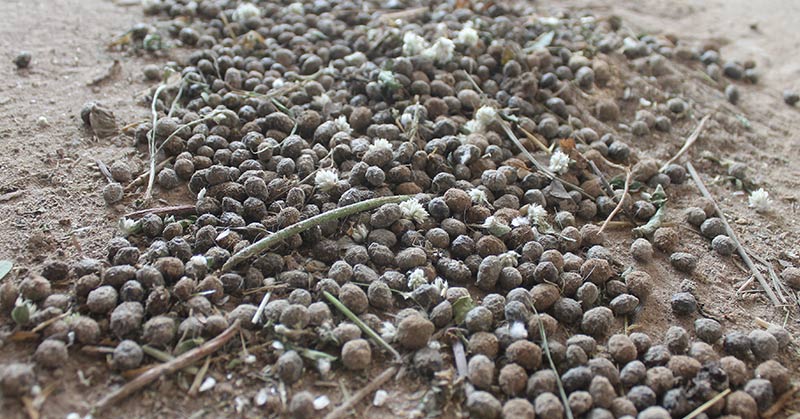
Applying fall fertilizer in October provides your lawn with the necessary nutrients to strengthen root systems and prepare for winter dormancy. Fall fertilizers are typically higher in potassium, which enhances root growth, improves stress tolerance, and increases resistance to cold and drought. This nutrient boost helps your grass store energy for the winter months, ensuring it emerges healthy and vigorous in the spring.
In addition to promoting strong roots, fall fertilization aids in repairing summer damage caused by heat and drought. It also helps your lawn recover from wear and tear, making it more resilient against pests and diseases. Choosing a slow-release fertilizer ensures a steady supply of nutrients over time, reducing the risk of nutrient runoff and promoting sustained lawn health. By nourishing your lawn with the right fertilizer in October, you set the foundation for a robust and vibrant turf year after year!
Mow Properly

Proper mowing techniques are essential for maintaining a healthy lawn in October. As the weather cools, your grass growth slows, so it’s important to adjust your mowing height accordingly. Raising the mower blade slightly helps your grass develop deeper roots, enhancing its ability to withstand winter stress and emerge strong in the spring. Cutting your grass at the right height also shades the soil, reducing weed growth and retaining moisture.
Additionally, avoid mowing too short, as this can weaken the grass and make it more susceptible to diseases and pests. Regularly sharpening your mower blades ensures clean cuts, which minimize stress on the grass and promote faster recovery. By mowing properly in October, you maintain a neat and healthy lawn that can better endure the upcoming winter months. It’s such a simple yet effective way to show your lawn some love and keep it looking its best!
Rake Leaves Regularly

Raking leaves is a vital fall lawn care task that should not be overlooked in October. Fallen leaves can create a thick layer that suffocates the grass, blocking sunlight and trapping moisture, which can lead to mold and fungal diseases. Regularly removing leaves helps maintain proper air circulation and prevents the buildup of thatch, ensuring your lawn stays healthy and vibrant.
In addition to raking, consider using fallen leaves as a natural mulch or composting them to enrich your soil. Shredded leaves break down quickly and add valuable organic matter to the soil, improving its structure and fertility. By managing fallen leaves effectively, you not only protect your lawn but also contribute to a sustainable garden ecosystem. Keeping your lawn free of excessive leaf litter is a simple yet essential step for maintaining its health and beauty throughout the fall season!
Control Weeds

Controlling weeds is an important aspect of fall lawn care, as weeds can compete with your grass for essential nutrients, water, and sunlight. October is an ideal time to tackle weed issues because the cooler temperatures slow weed growth while your grass remains active, allowing for more effective weed control measures. Using a pre-emergent herbicide can prevent the germination of weed seeds, while post-emergent treatments can eliminate existing weeds.
Additionally, maintaining a thick and healthy lawn through proper mowing, fertilization, and watering reduces the likelihood of weed invasion. Hand-pulling weeds is another effective method, especially for smaller infestations, ensuring that you remove the entire root system and prevent regrowth. By staying vigilant and proactive in your weed control efforts, you can preserve the integrity and beauty of your lawn, making it more resilient against unwanted intruders. It’s such a satisfying feeling to see your lawn free from pesky weeds, thriving with lush green grass!
Adjust Watering Schedule

Adjusting your watering schedule in October is crucial for maintaining a healthy lawn as the weather cools and rainfall patterns change. While your lawn may require less water compared to the summer months, it’s important to ensure it still receives adequate moisture to support root growth and overall health. Overwatering can lead to shallow roots and increase the risk of fungal diseases, while underwatering can stress the grass and make it more susceptible to winter damage.
Monitor your lawn’s moisture levels and adjust your watering practices accordingly. Deep, infrequent watering encourages deeper root growth, enhancing your grass’s ability to withstand drought and cold stress. Additionally, watering early in the day allows the grass to dry before evening, reducing the risk of mold and mildew development. By fine-tuning your watering schedule in October, you provide your lawn with the optimal conditions it needs to thrive and prepare for the winter months ahead!
Overseed with Cool-Season Grasses

Overseeding with cool-season grasses is a beneficial fall lawn care practice that ensures a lush and green lawn throughout the cooler months. October is the perfect time to overseed with grasses like fescue, ryegrass, or bluegrass, which are well-suited to cooler temperatures and can provide continuous color and density to your lawn. These grasses establish strong root systems that help your lawn recover from summer stress and resist winter damage.
In addition to enhancing the aesthetic appeal of your lawn, overseeding with cool-season grasses can improve its overall resilience and health. These grasses are better adapted to handle the challenges of autumn and winter, providing a more durable and sustainable lawn. Regular overseeding also helps fill in bare spots and thicken the turf, reducing the likelihood of weed invasion and promoting a uniform appearance. By incorporating cool-season grasses into your lawn care routine in October, you ensure a beautiful and robust lawn that stands the test of time!
Control Lawn Pests

Controlling lawn pests in October is crucial for maintaining a healthy and vibrant lawn as the seasons change. Common fall pests like grubs, armyworms, and chinch bugs can cause significant damage to your grass, weakening it and making it more susceptible to winter stress. Identifying and addressing pest issues early ensures that your lawn remains resilient and free from infestations that can undermine its health.
Implementing an integrated pest management (IPM) approach helps you control pests effectively while minimizing environmental impact. This includes monitoring your lawn for signs of pests, encouraging natural predators like birds and beneficial insects, and using targeted treatments when necessary. Organic options like nematodes for grub control or neem oil for chinch bugs provide effective solutions without harming beneficial wildlife. By staying proactive in your pest control efforts, you protect your lawn from damage and ensure it remains lush and healthy throughout the fall and beyond!
Maintain Lawn Equipment

Maintaining your lawn equipment is an essential fall lawn care practice that ensures your tools remain in good working condition for the next season. October is a great time to clean, sharpen, and store your lawnmower, trimmers, and other gardening tools properly. Removing grass clippings, dirt, and debris from your equipment prevents rust and corrosion, extending their lifespan and maintaining their efficiency.
Sharpening blades and performing necessary repairs now ensures that your equipment is ready to tackle any lawn care tasks when spring arrives. Additionally, storing your tools in a dry, sheltered area protects them from the elements and prevents damage during the winter months. Regular maintenance not only keeps your equipment functioning optimally but also saves you time and money in the long run. By taking the time to care for your lawn equipment in October, you set yourself up for a smooth and productive gardening experience in the years to come!






